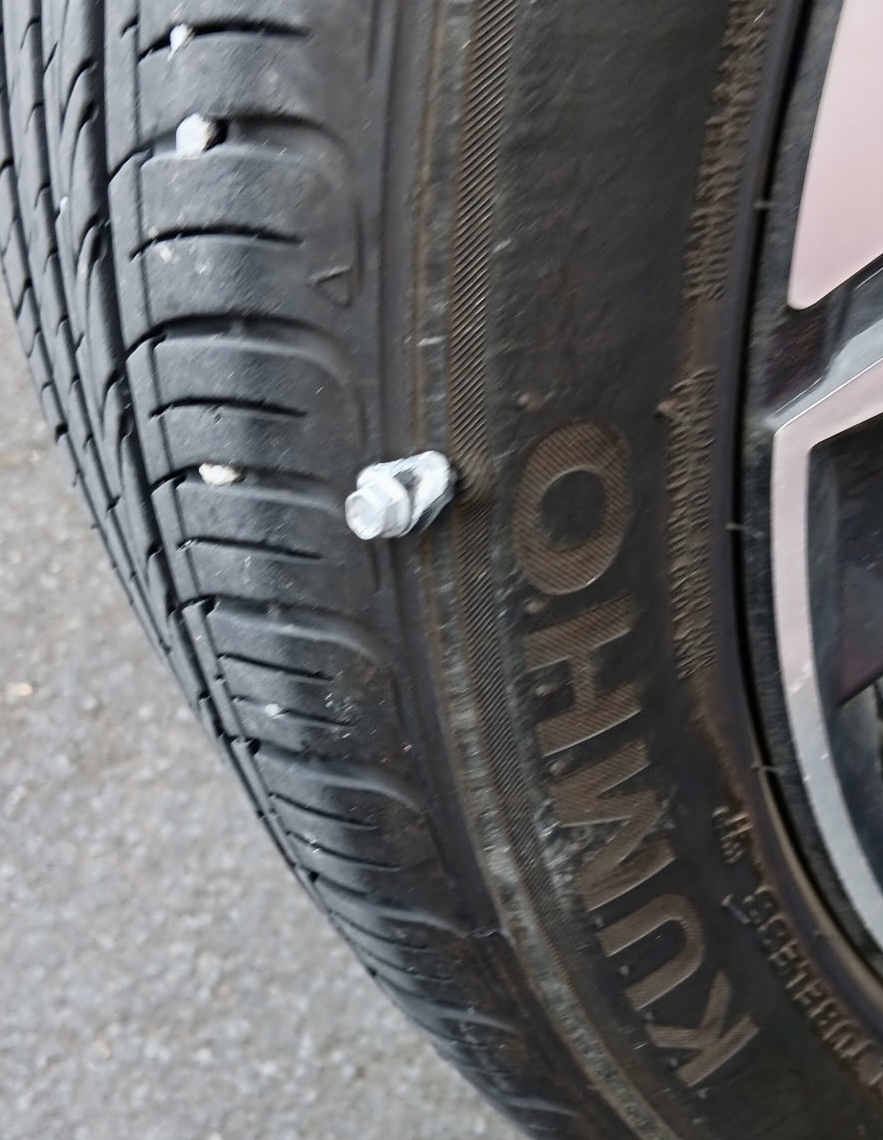
My son Bradley and I had spent two good-weather days driving a pair of our classics that were cumulatively more than a century old. On an atypically sunny Thursday and Friday, we put 100 miles each on the 1971 Jaguar E-type V12 and 1975 Porsche 911S.
On Saturday, we were headed to an event with the local Land Rover club, so of course we took our 2000 Discovery II. Of the 20 vehicles there, it was nearly the oldest, the majority being LR3s and LR4s. While these newer Rovers are growing on me, and they are undeniably capable, they still strike me as being “really nice rigs” that I would hesitate to take through paint-scraping tree branches or rocker-panel smashing rocks.
We are thinking our time with the Disco is coming to an end. It’s been a great rig for the past three years, and perfect for Bradley to go snowboarding every week at Mt. Hood Meadows. With the steel bumpers I had installed front and rear, I felt safe with him in it. But he’s headed off to college in the fall, and I haven’t done many recent trail runs in it.
Sunday, we had a wine tasting on our schedule. Held at the Evergreen Aviation and Space Museum, dozens of wineries and distilleries were hawking their wares under the wings of Howard Hughes’ Spruce Goose. We decided to avoid the PTSD that comes with driving a classic car and take “Old Reliable,” our 2021 Hyundai Elantra Limited.
When we were walking back to the car after the event we were surprised to see a large, roofing-style screw protruding from the sidewall of the right rear tire. The tire didn’t look low, but we were only five minutes away from hopping on the Interstate for a 40-mile drive home at 75 mph.
Maybe it wasn’t leaking? That hope was dispelled when we started the car and the TPMS showed 33 pounds of pressure in three tires and 15 in the right rear.
I stopped for a second to give a nod to modern technology. If we had tried to drive home with it slowly deflating, very bad things could have happened on the freeway.
The Elantra has a space-saver temporary spare, so we found an open gas station and a few minutes later we were on the way. After a trip to the tire store the next day (and $250 later) all was well.
After a week of vintage cars and two-lane roads without a mishap, it was a modern tire-monitoring system that kept the end of the weekend a pleasant success instead of a tire-shredding nightmare.
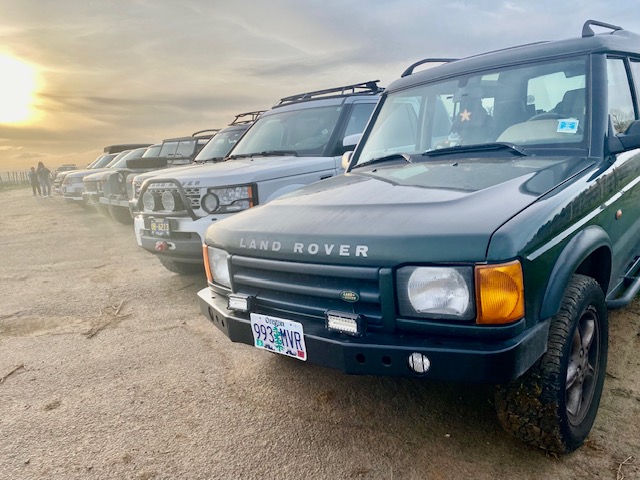
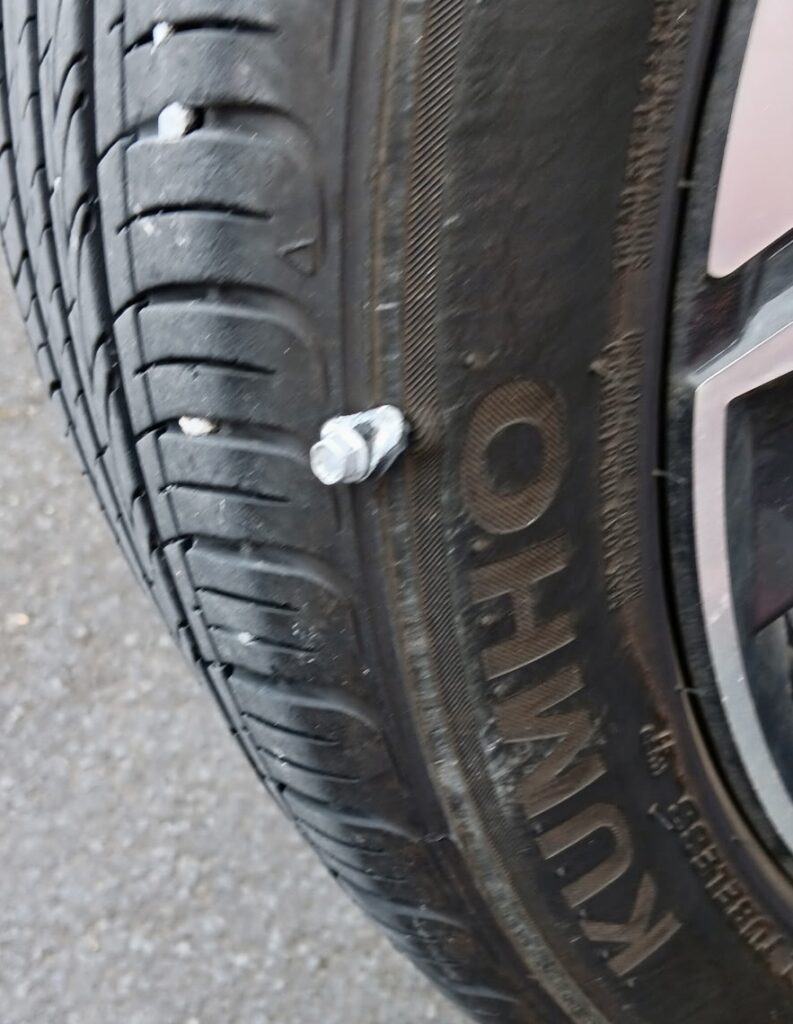
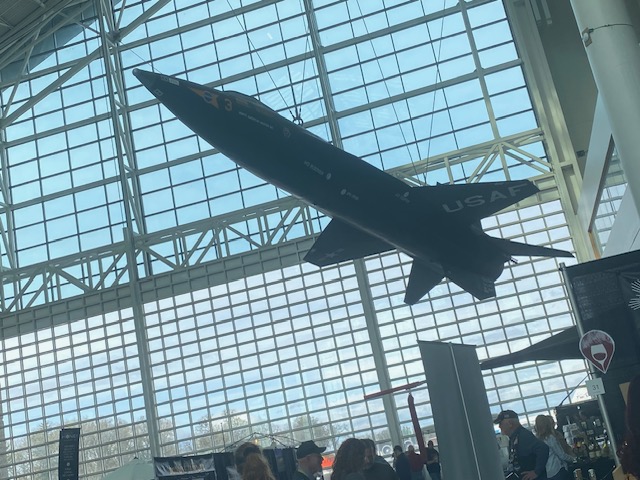
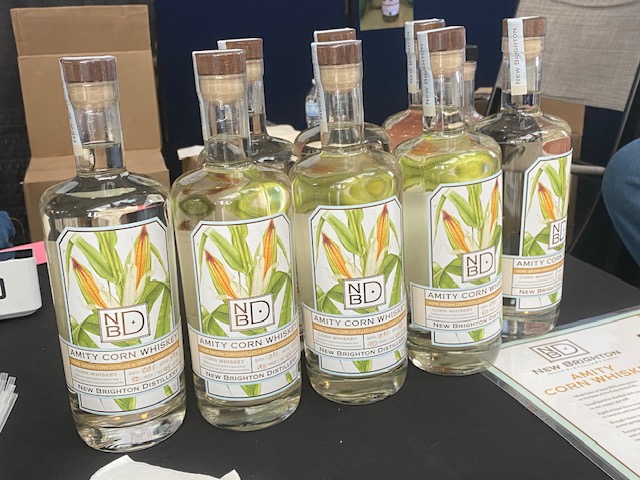


Leave your comments here.
Read my previous blog posts here.
If you enjoyed them, consider subscribing to SCM and get the printed magazine delivered to your home every month.